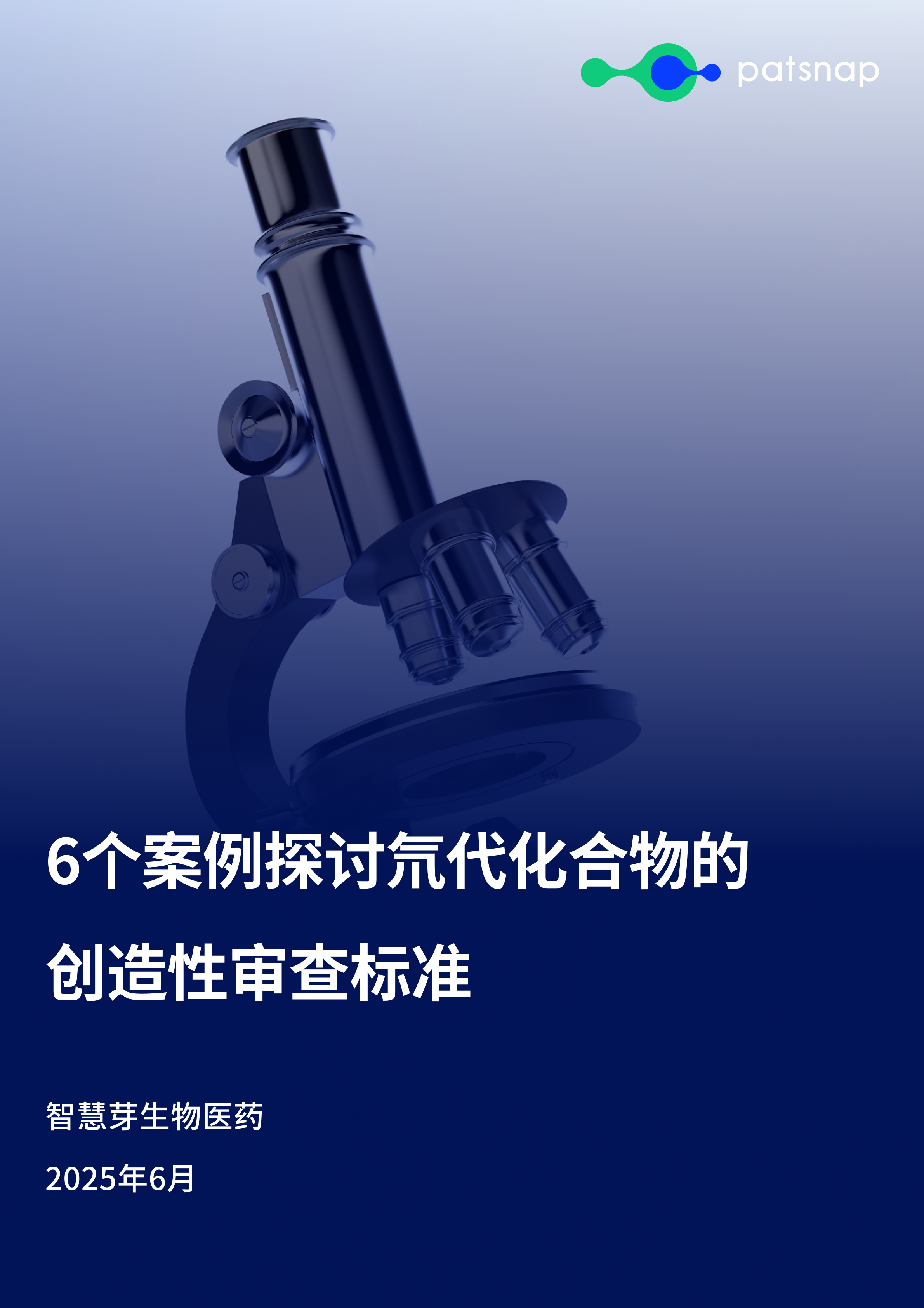预约演示
Novartis nominates former Bristol Myers CEO Giovanni Caforio as its new chair. Will M&A deals follow?
2024-04-23
高管变更并购
Novartis' nomination of recent Bristol Myers Squibb CEO Giovanni Caforio, M.D., as its new chair of the board raises the question of whether the Swiss pharma will be changing his M&A strategy.
Novartis Caforio, M.D., is liniBristol Myers Squibb after handing all his Bristol Myers Squibb leadership roles over in March. The recent Big Pharma CEO has been proposed as the new chair at Novartis.
Caforio, 59, will stand for election as chair of Novartis’ board of directBristol Myers Squibbrma’s next annual general meeting in 2025, when current Chair Joerg Reinhardt ends his 12-year teNovartisvartis said Tuesday during its first-quarter financial results.
It’s unconventionalBMS say the least—for a Big Pharma CEO to become a rival drugmaker’s chair. In a Tuesday release, Novartis credited Caforio for transforming BMS into “a global medicines company with strong capabilities across R&D and commercialization.”
Novartisrd was looking for candidates with strong industry experience and expertise, and leading also a pure-play pharma company, given our strategy and focus. And the key focus was on finding a candidate with a deep understanding of the strategic trajectory of Novartis,” Kirsch said. “And priority was also given to candidates with global experience, including extensive knowledge of the U.S. market, where we also aspire to become a top player.”
Novartis recently became a pure-play innovative medicines company after separating the generics maker Sandoz. The company also adopted a “U.S.-first” mindset, putting the U.S. market center in its decision-making on R&D, business development, commercialization aNovartisnt services.
Novartiss nomination also raises the question of whether Novartis will be changing its dealmaking straSandozSandozThe former BMS chief executive was known for striking some of the industry’s largest M&As, including the $74 billion acquisition of Celgene in 2019 and the $13.1 billion deal for MyoKardia in 2020. The New Jersey pharma jumped on an M&A spree toward the end of 2023, while Caforio was still executive chair.
By contrast, Novartis is historically not an aggressive bNovartisthe pharma space. Some of its largest deals in the pasBMSwo decades include the $39 billion deal for Alcon, which Novartis has later spun off into a separate eye care businessCelgenerms of drugs, the $9.7 billion buyout ofMyoKardiacines Company was among Novartis’ largest in recent years. Since then, CEO Vas Narasimhan has been pointing to bolt-on deals of the size around or below $5 billion as Novartis’ dealmaking strategy.
But the CFO also added that since Caforio’s nomination is about a year from now, “I’m sure until then there will be other discussions,” although there’s currently no change of strategy.
Novartis is currently in the process of acquiring MorphoSys for 2.7 billion euros ($2.9 billion) with eyes on the German biotech’s BET inhibitor candidate pelabresib.
Novartisring a separate question about M&A appetitMorphoSys again highlighted that $5 billion is “more likely” to be Novartis’ targBET inhibitorBET in the future, whilepelabresib that “it’s never a formula.”
更多内容,请访问原始网站
文中所述内容并不反映新药情报库及其所属公司任何意见及观点,如有版权侵扰或错误之处,请及时联系我们,我们会在24小时内配合处理。
适应症
-靶点
Eureka LS:
全新生物医药AI Agent 覆盖科研全链路,让突破性发现快人一步
立即开始免费试用!
智慧芽新药情报库是智慧芽专为生命科学人士构建的基于AI的创新药情报平台,助您全方位提升您的研发与决策效率。
立即开始数据试用!
智慧芽新药库数据也通过智慧芽数据服务平台,以API或者数据包形式对外开放,助您更加充分利用智慧芽新药情报信息。




